This post highlights 17 of the best front yard landscaping ideas for small homes that you will find very useful.
Front yard landscaping can greatly enhance your home’s curb appeal and create a welcoming first impression.
Thoughtful design can include a mix of plants, trees, and flowers that complement your home’s architecture and local climate.
Elements like pathways, lighting, and decorative features also contribute to the overall aesthetic and functionality of your front yard.
Front yard landscaping not only improves aesthetics but also adds value to your property.
It’s an opportunity to showcase your style through plant selection, hardscape features like rock gardens or water features, and even sustainable elements like native plants or rain gardens.
Properly designed landscaping can also enhance privacy, reduce noise, and provide a relaxing outdoor space for you and your family to enjoy.
If you own a small home and looking for the best front yard landscaping ideas to maximize your little space and create the best effect, then keep on reading.
17 BEST FRONT YARD LANDSCAPING IDEAS FOR SMALL HOMES
1. Container Gardens

Container gardens are ideal for small front yards because they allow you to add plants and flowers without needing large planting areas.
Choose a variety of containers in different sizes and shapes to create visual interest.
Place them strategically around your entryway or along pathways.
You can plant seasonal flowers, herbs, or even small shrubs in containers, giving you flexibility to change the look throughout the year.
Ensure containers have proper drainage and consider using lightweight soil mixes to make moving them easier if needed.
2. Vertical Gardens

Vertical gardens are perfect for maximizing space in small front yards.
Install vertical planters or trellises against walls or fences to grow climbing plants like ivy, jasmine, or climbing roses.
You can also use modular vertical garden systems with pockets for planting herbs, succulents, or small flowering plants.
Vertical gardens not only add greenery but also create a visually appealing backdrop for your yard, especially when space is limited horizontally.
3. Miniature Trees
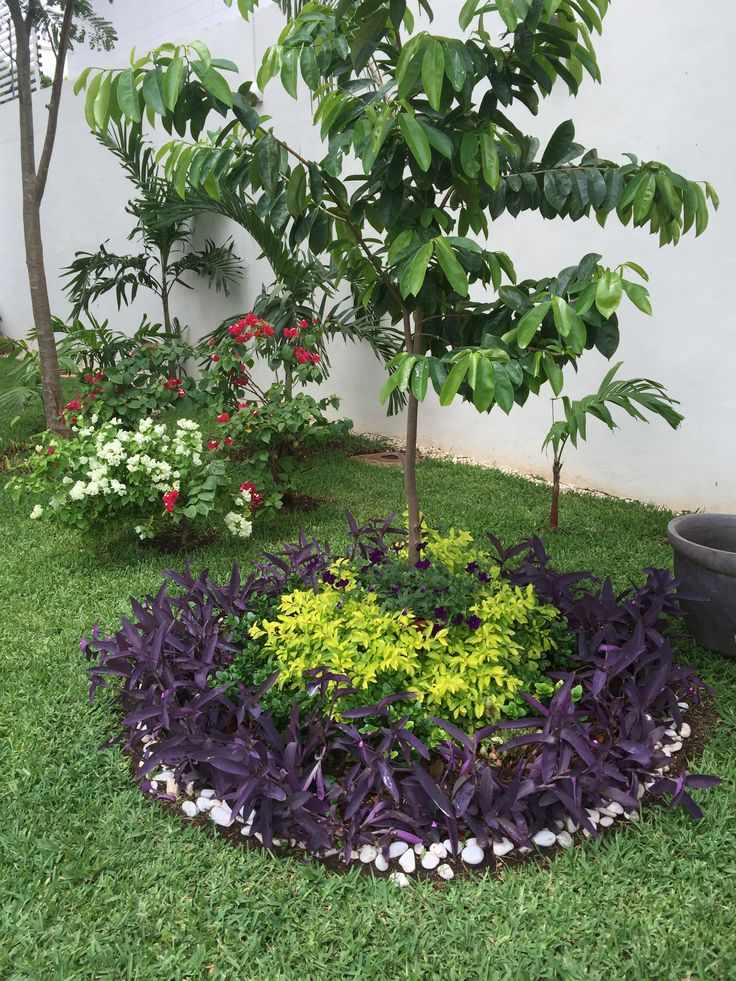
Choose small, dwarf varieties of trees suitable for small yards, such as dwarf Japanese maple, dwarf citrus trees, or columnar evergreens.
These trees offer height and structure without overwhelming the space.
Plant them as focal points or along the edges of your yard to frame the space and provide shade or privacy.
Ensure to consider the mature size and growth habit of the trees to avoid overcrowding as they develop.
4. Pathway Pavers

Create a charming pathway using pavers, stepping stones, or gravel bordered by low-growing plants like ground covers or small shrubs.
Pathways not only guide visitors to your front door but also add structure and visual interest to your yard.
Choose materials that complement your home’s exterior and landscape design.
Incorporate curves or straight lines depending on your preference and available space, ensuring the pathway is wide enough for comfortable passage.
5. Rock Garden

A rock garden is a practical and visually appealing option for small front yards, especially in areas with poor soil or limited water availability.
Use rocks of varying sizes and shapes to create natural-looking formations, and fill in with drought-tolerant plants like sedums, lavender, ornamental grasses, or succulents.
Arrange rocks and plants strategically to create texture and interest and consider adding mulch between rocks to minimize maintenance and retain moisture.
6. Window Boxes
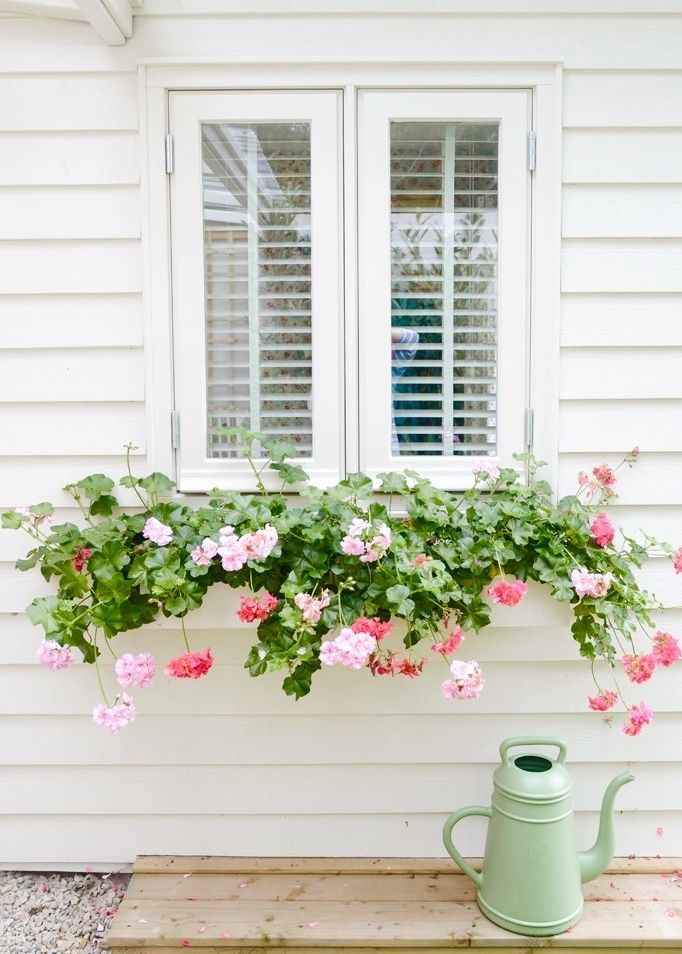
Install window boxes beneath your front windows and plant them with seasonal flowers, herbs, or trailing plants.
Window boxes add a charming touch to your home’s facade and allow you to incorporate color and greenery at eye level.
Choose boxes made from durable materials like wood, metal, or composite materials that complement your home’s exterior.
Ensure proper drainage and regular watering to keep plants healthy and thriving.
7. Raised Beds
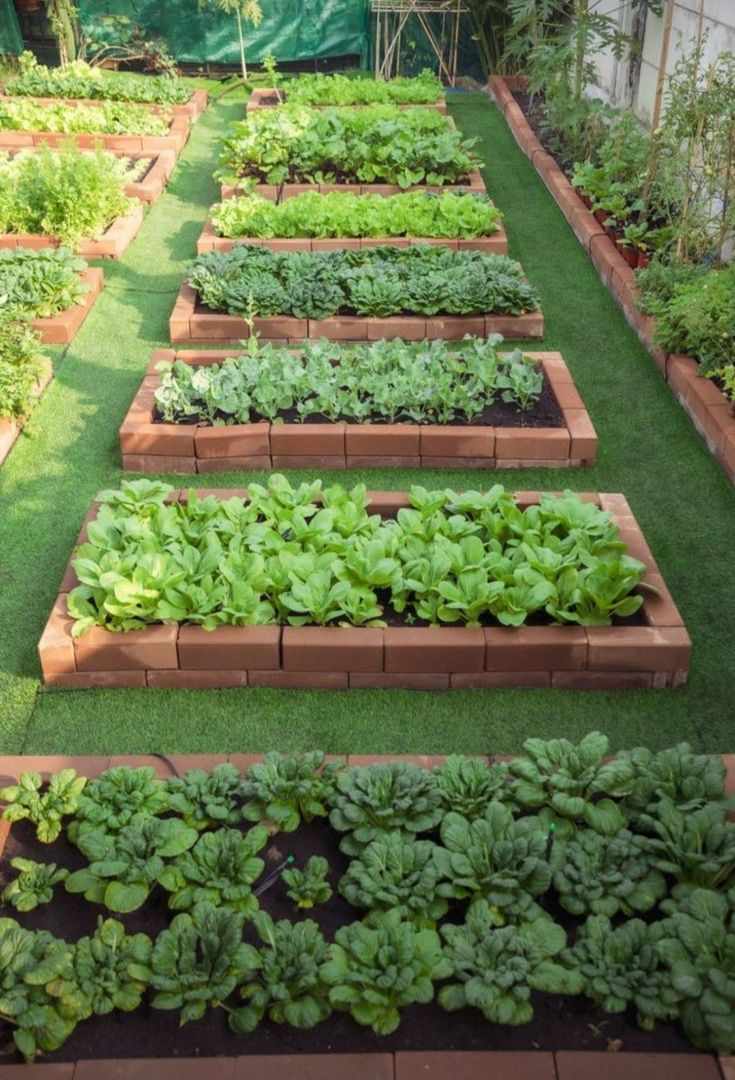
Raised garden beds are excellent for small front yards as they provide defined planting areas while adding depth and visual interest.
Build raised beds using wood, stone, or composite materials along the edges of your yard or near walkways.
Fill them with a mix of soil suitable for the plants you intend to grow, such as vegetables, herbs, or colorful annual flowers.
Raised beds can also help with soil drainage and temperature regulation, promoting healthier plant growth.
8. Edible Landscaping
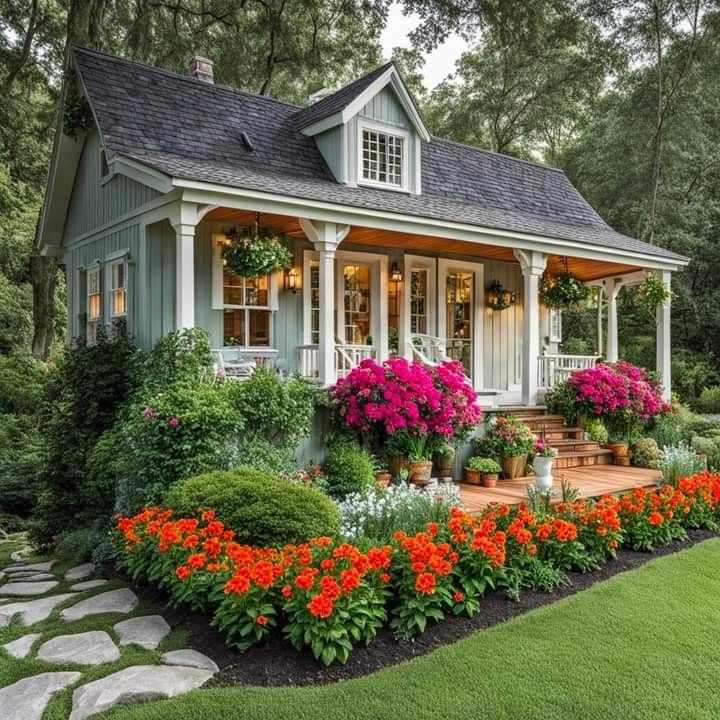
Incorporate edible plants into your front yard landscaping to combine beauty with functionality.
Choose dwarf fruit trees, berry bushes, or compact vegetable plants that fit the scale of your yard.
Integrate them into existing beds or create dedicated edible gardens.
Edible landscaping not only provides fresh produce but also adds seasonal interest and encourages sustainable gardening practices.
Consider companion planting to maximize space and enhance plant health.
9. Focal Point
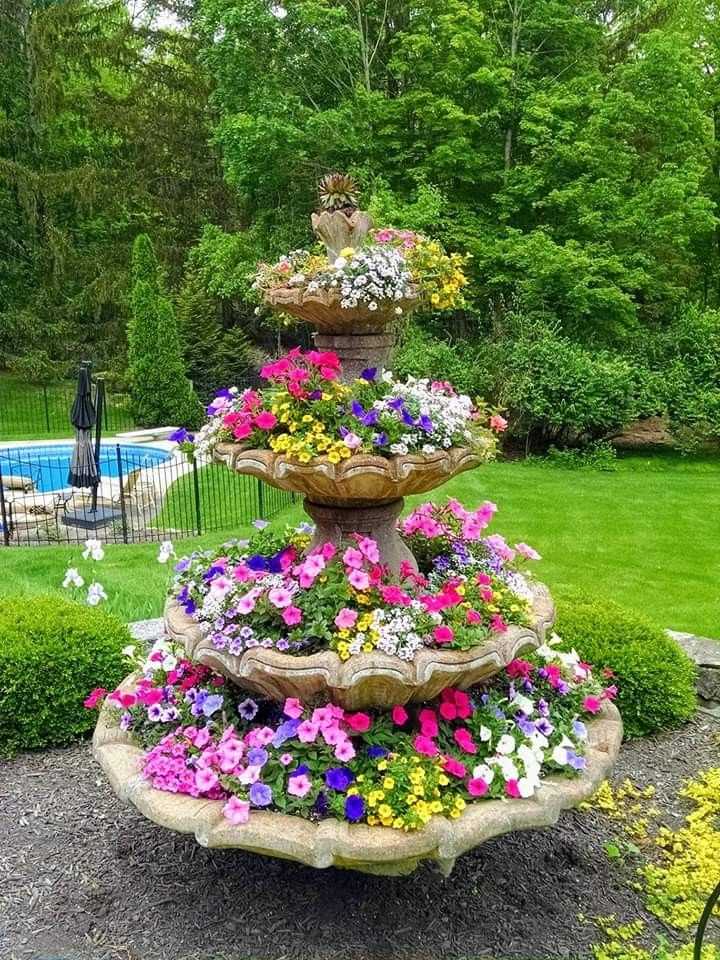
Create a focal point in your front yard to draw attention and add personality to the space.
This could be a small sculpture, birdbath, fountain, or decorative feature like a unique planter or garden art piece.
Place the focal point strategically, such as near the entrance or as a centerpiece in a garden bed, ensuring it complements your home’s architecture and landscaping style.
A well-chosen focal point adds visual appeal and becomes a memorable element of your front yard.
10. Gravel or Mulch Beds

Use gravel or mulch beds to define planting areas and pathways in your front yard.
Gravel provides a clean and low-maintenance option, while mulch enhances soil moisture retention and suppresses weeds.
Create borders with stones, bricks, or edging materials to keep gravel or mulch in place and separate from lawn areas.
Plant drought-tolerant plants, ornamental grasses, or succulents in these beds to add texture and color while reducing water consumption and maintenance efforts.
11. Low Maintenance Plants
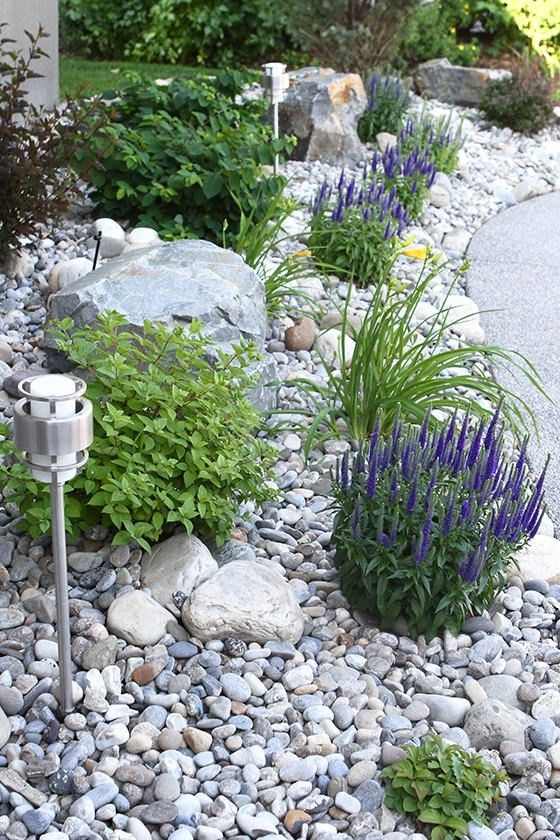
Opt for low-maintenance plants that require minimal watering and upkeep, ideal for small front yards.
Examples include succulents like sedums and echeverias, ornamental grasses such as feather reed grass or blue fescue, or ground covers like creeping thyme or moss.
Choose plants that thrive in your local climate and soil conditions, ensuring they complement each other in terms of height, color, and texture for a cohesive look throughout the year.
12. Color Coordination
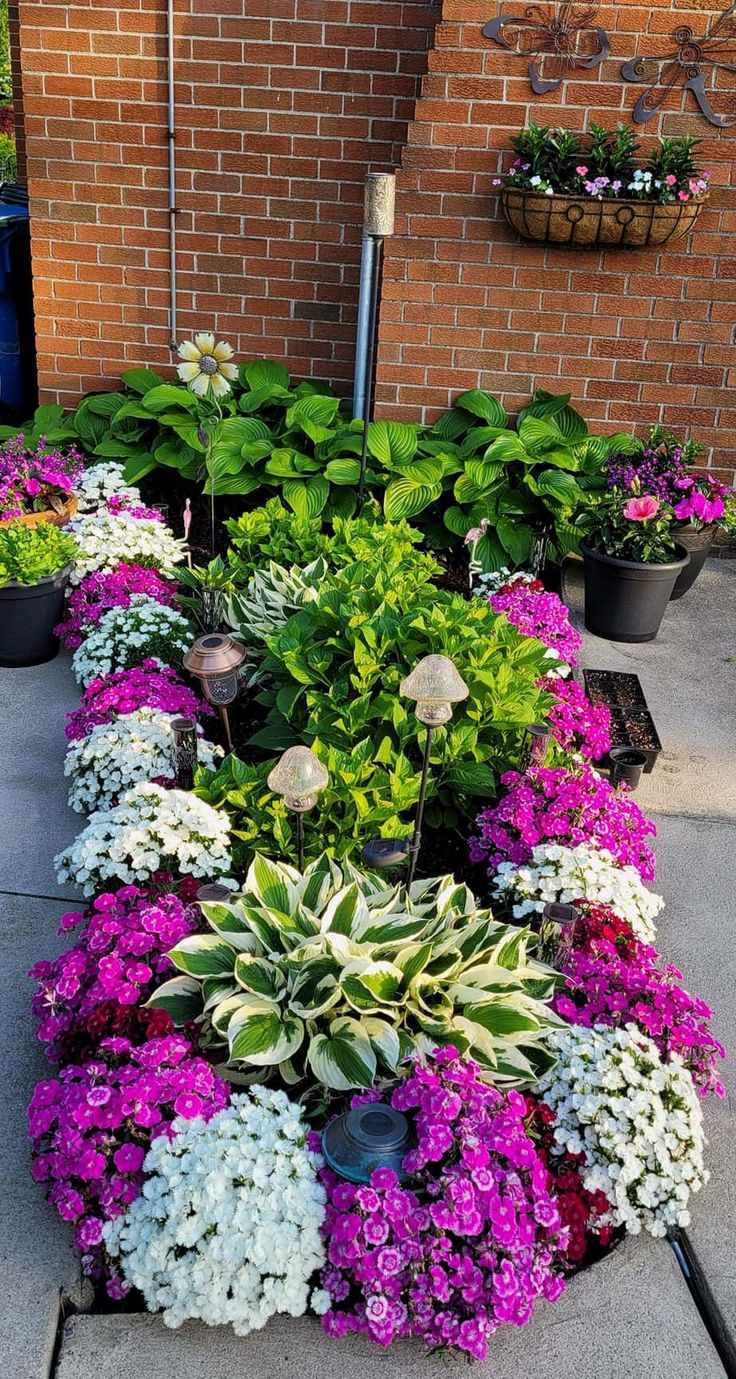
Plan your front yard landscaping around a color scheme that complements your home’s exterior and enhances curb appeal.
Consider seasonal blooms, foliage colors, and even container plants to create a harmonious palette.
For example, choose flowering plants with hues that echo your front door color or blend with the facade of your home.
Incorporate foliage plants for year-round interest and balance vibrant colors with neutral greens for a balanced and cohesive design.
13. Symmetry and Balance

Use symmetrical planting beds, container arrangements, or hardscape features to create a sense of balance in your small front yard.
Symmetry helps create a formal and organized appearance, which can enhance curb appeal and highlight architectural features of your home.
Plant identical shrubs, trees, or containers on either side of the entryway or along pathways to frame the space and guide the eye toward the front door.
Balance plant heights and textures for visual interest.
14. Vertical Accents
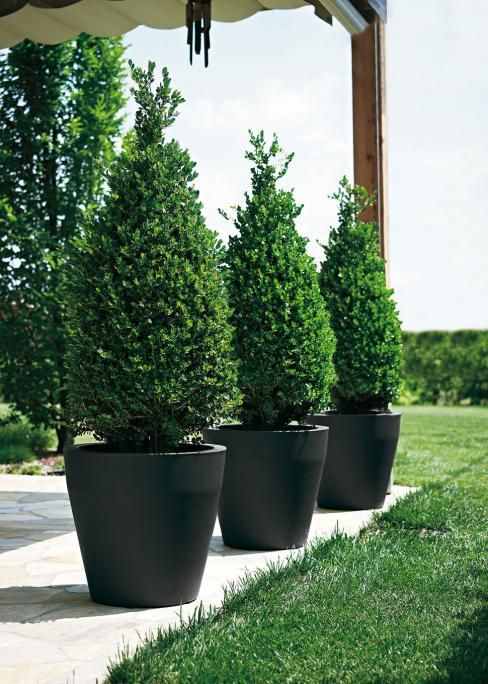
Install vertical accents such as trellises, arbors, or obelisks to add height and architectural interest to your front yard.
Train climbing plants like clematis, wisteria, or climbing roses to grow up these structures, creating a lush and vertical element in limited space.
Vertical accents can also serve as natural privacy screens or create shaded areas near your home’s entrance.
Choose materials and designs that complement your home’s style and landscape theme.
15. Seasonal Interest
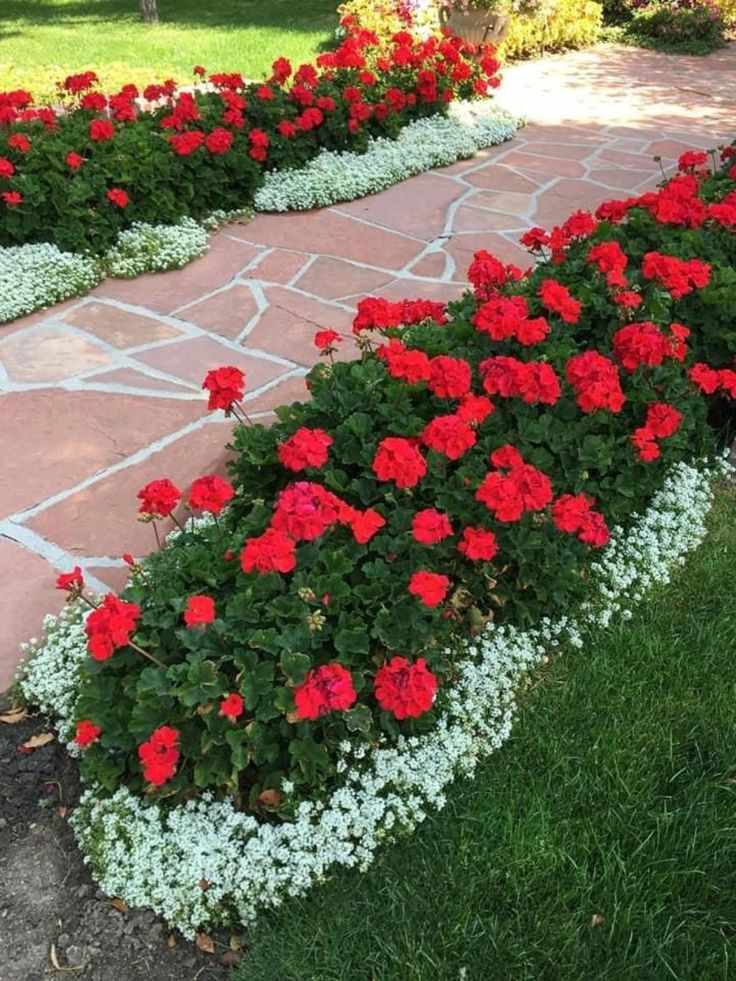
Select plants and flowers that offer seasonal interest throughout the year to keep your front yard vibrant and appealing.
Incorporate early spring bulbs like tulips or daffodils, summer-blooming perennials such as coneflowers or daylilies, fall foliage plants like Japanese maples or ornamental grasses, and winter-interest plants such as evergreen shrubs or ornamental berries.
Plan your planting beds to ensure there’s always something in bloom or showcasing unique foliage textures.
16. Privacy Screen
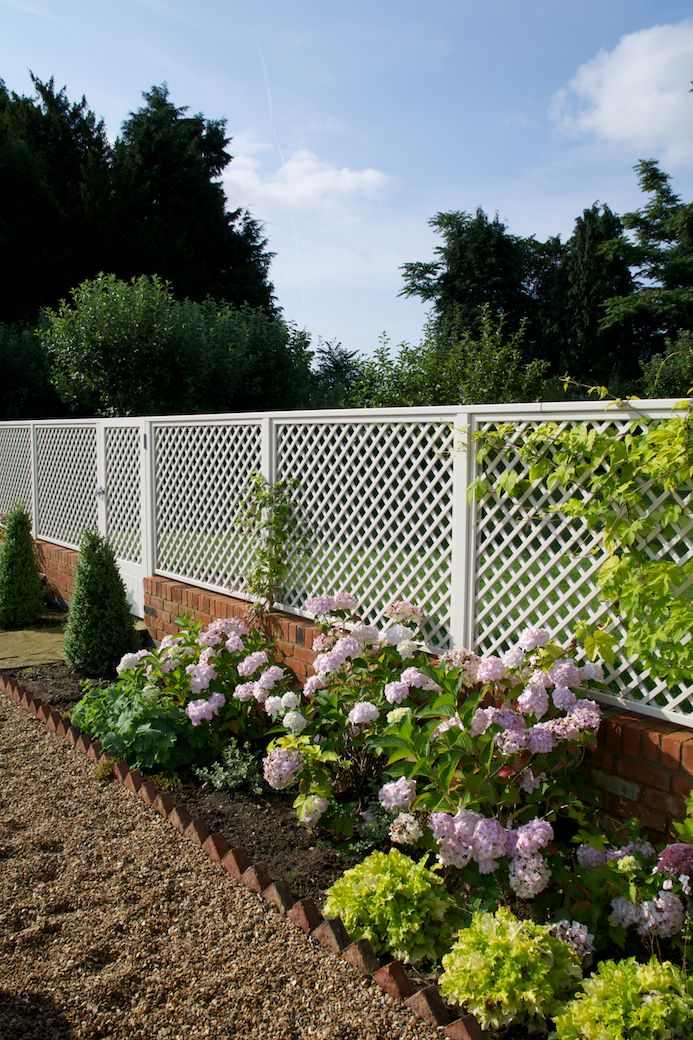
Create a natural privacy screen in your front yard using tall, narrow plants, or install trellises with climbing plants to block views from the street or neighboring properties.
Choose fast-growing evergreen shrubs like arborvitae or boxwood for year-round privacy, or plant flowering vines like jasmine or trumpet vine to add color and fragrance.
Position privacy screens strategically along property lines or around outdoor living areas to enhance comfort and seclusion.
17. Lighting

Incorporate outdoor lighting to enhance safety, security, and ambiance in your front yard.
Use path lights along walkways or around garden beds to guide visitors and highlight plants at night.
Install uplights to illuminate focal points like trees, sculptures, or architectural features.
Consider string lights or lanterns near seating areas or entryways for a cozy atmosphere.
Choose energy-efficient LED fixtures and place them strategically to create layers of light and enhance visual interest after dark.
HOW TO TAKE CARE OF YOUR FRONT YARD LANDSCAPE
Taking care of your front yard landscape involves several key practices to ensure that your plants thrive, your design stays attractive, and your outdoor space remains inviting. Here are some essential tips:
1. Regular Watering
Water your plants deeply but infrequently to encourage deep root growth.
Adjust watering frequency based on weather conditions and the needs of your plants.
During hot and dry periods, plants may require more frequent watering, while cooler and rainy periods may necessitate less watering.
Use a soaker hose or drip irrigation system to deliver water directly to the base of plants and minimize water waste through evaporation.
2. Proper Mulching
Apply a 2-4 inch layer of mulch around plants to retain soil moisture, suppress weeds, and regulate soil temperature.
Organic mulches like bark, wood chips, or compost also improve soil structure and fertility as they decompose.
Ensure mulch is pulled back slightly from the base of plants to prevent stem rot and allow for proper air circulation.
3. Pruning and Trimming
Regularly prune shrubs, trees, and hedges to maintain their shape, promote healthy growth, and remove dead or diseased branches.
Use clean, sharp tools and prune during the appropriate season for each plant species.
Remove any crossing or rubbing branches to prevent damage and promote good airflow within the canopy.
4. Weeding
Monitor planting beds, pathways, and other landscaped areas for weeds regularly.
Remove weeds promptly by hand pulling or using appropriate tools to prevent them from competing with your plants for water and nutrients.
Consider using mulch or landscape fabric to suppress weed growth between plants.
5. Fertilizing
Feed plants with a balanced fertilizer according to their specific needs and growth stage.
Apply fertilizers in early spring as plants begin to actively grow, and again in mid to late summer to support continued growth and flowering.
Choose a fertilizer formulation that matches the needs of your plants, whether they prefer slow-release granules, liquid formulations, or organic options.
6. Pest and Disease Management
Monitor plants for signs of pests, diseases, or nutrient deficiencies.
Identify problems early to minimize damage and take appropriate action.
Use integrated pest management strategies, which may include cultural practices, biological controls, and least-toxic pesticides when necessary.
Prune out infected plant parts and dispose of them properly to prevent further spread.
7. Lawn Care
Maintain your lawn by mowing at the recommended height for your grass species and adjusting the frequency based on growth rate and weather conditions.
Water deeply and infrequently to encourage deep root growth, typically 1-2 inches per week depending on rainfall and temperature.
Aerating your lawn annually helps improve soil compaction and allows for better water and nutrient absorption.
8. Seasonal Maintenance
Adjust your maintenance practices throughout the year to accommodate seasonal changes.
In spring, clean up debris, divide perennials, and apply pre-emergent weed control if needed.
Summer requires regular watering, monitoring for pests, and deadheading flowers to promote continued blooming.
Fall is ideal for planting new trees and shrubs, applying mulch for winter insulation, and cleaning up garden beds.
Winter maintenance involves protecting tender plants from frost, removing snow from branches to prevent damage, and planning for next year’s garden improvements.
9. Pathway and Hardscape Maintenance
Keep pathways, driveways, and hardscape features clean and in good repair.
Remove debris, weeds, and moss regularly to prevent slips and maintain a neat appearance.
Repair any cracked or uneven surfaces promptly to ensure safety and longevity of the materials.
Consider sealing pavers or stones to enhance their durability and resistance to weathering.
10. Outdoor Lighting
Inspect and maintain outdoor lighting fixtures regularly to ensure they are clean and functioning properly.
Replace bulbs as needed and adjust fixture angles to highlight key features of your landscape.
Consider installing timers or motion sensors to enhance security and energy efficiency, and check wiring for any signs of wear or damage.
11. Monitor Soil Health
Test your soil periodically to assess pH levels and nutrient content.
Amend soil as needed with organic matter, compost, or targeted fertilizers to create optimal growing conditions for your plants.
Incorporate soil amendments before planting or during the growing season to improve soil structure and fertility over time.
12. Protecting Trees and Shrubs
Take steps to protect trees and shrubs from extreme weather conditions.
Use mulch to insulate roots and conserve moisture, especially during hot summers and cold winters.
Consider wrapping young trees with tree guards or burlap to prevent sunscald and frost damage.
Prune trees and shrubs to remove damaged or diseased branches and promote healthy growth.
This post showed you 17 front yard landscaping ideas for small homes and how you can care for you front yard landscape the best way.
You may also like:
26 Clever Living Room Front Door Decor Ideas
25 Stunning Small Bathroom Counter Decor Ideas to Copy
29 Best Winter Outdoor Dining Ideas for a Memorable Dining Experience
23 Cute Small Office Wall Decor Ideas You Should Try
27 Minimalist Bohemian Bedroom Ideas for a Chic Look
33 GORGEOUS BOHO COASTAL BEDROOM IDEAS YOU WILL ADORE.
33 LOVELY SMALL SCANDINAVIAN LIVING ROOM IDEAS THAT ARE INVITING
31 GORGEOUS WHITE SHABBY CHIC LIVING ROOM IDEAS THAT ARE CUTE
25 STUNNING SMALL HALLWAY LIGHT IDEAS TO SPRUCE UP YOUR SPACE
23 FARMHOUSE BATHROOM DECOR IDEAS FOR THAT UNIQUE TOUCH
29 EYE-CATCHING ROMANTIC COASTAL BEDROOM DECOR IDEAS TO GET INSPIRED BY
20 WAYS TO CREATE A COZY READING NOOK AREA IN YOUR HOME
19 CLEVER COASTAL ENTRYWAY DECOR IDEAS TO INSPIRE YOU
23 WAYS TO ADD PERSONALITY AND WARMTH TO YOUR HOME
15 CLEVER OUTDOOR DINING IDEAS FOR YOUR HOME
25 MODERN SMALL APARTMENT LIVING ROOM IDEAS